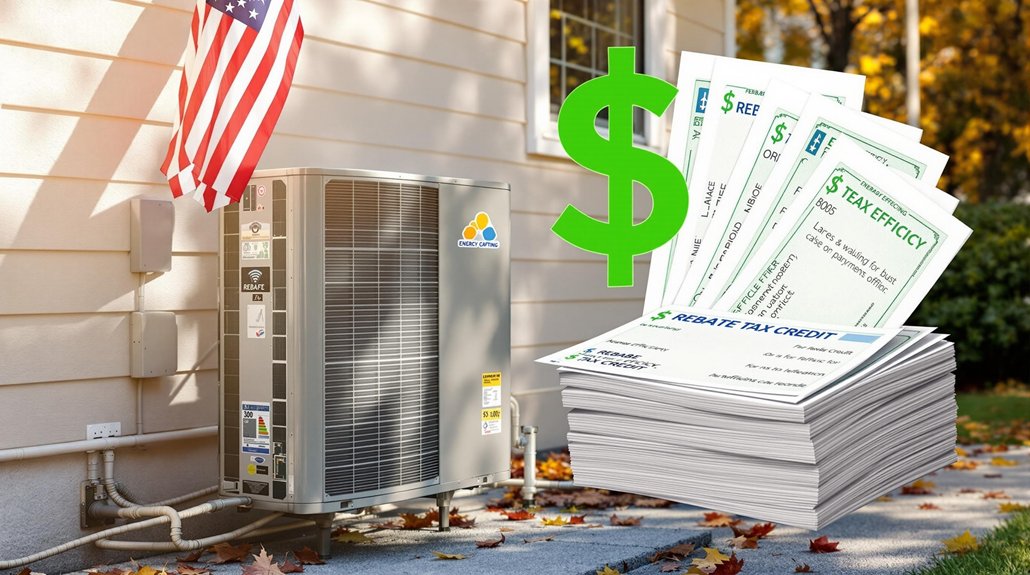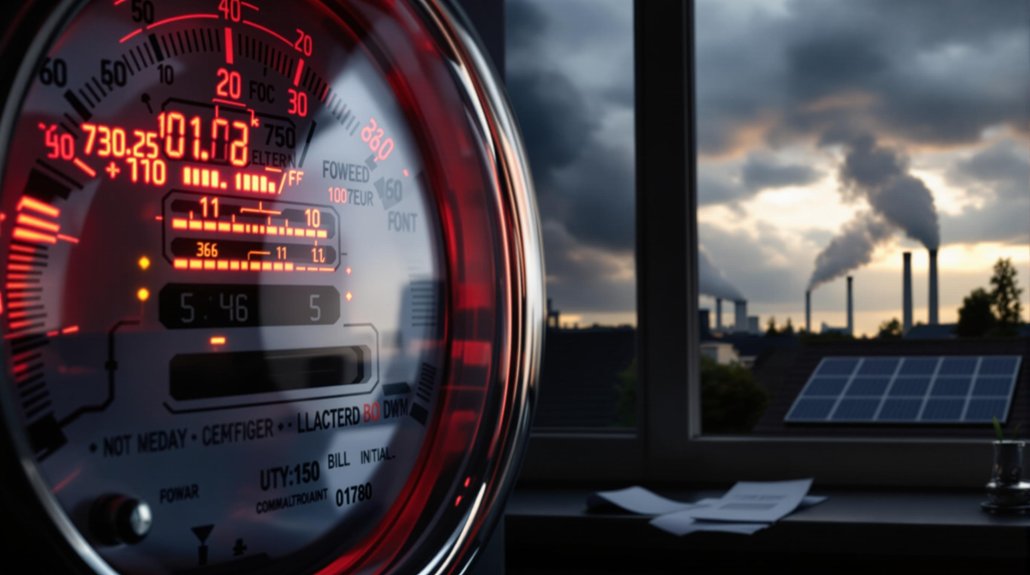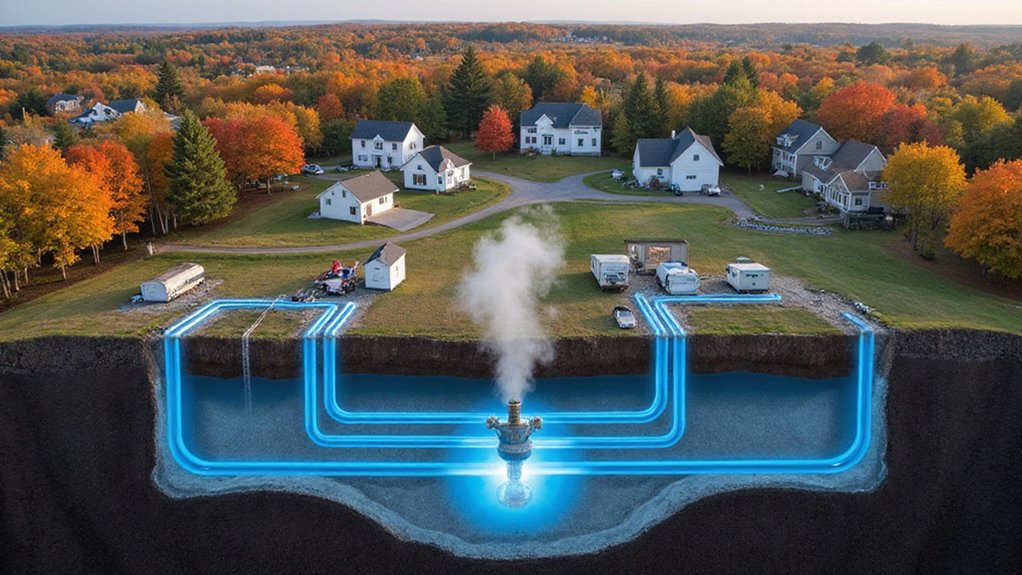Trillions of dollars are powering a global energy transformation that’s finally showing real results. A whopping $2 trillion poured into clean energy in 2024 alone. Not bad. These investments aren’t just vanity projects for the wealthy – they’re actually making a difference where it counts: regular people’s wallets.
Solar modules now cost 35% less than before – just 9 cents per watt. That’s groundbreaking for homeowners struggling with utility bills. Those fancy rooftop panels suddenly don’t seem so fancy anymore. They’re practical. Necessary, even. The global solar capacity jumped from 1.6 TW to over 2.2 TW in a single year. Wind added another 125 GW. Numbers don’t lie.
But here’s the surprise – it’s not the tech bros or climate activists leading this charge. It’s everyday homeowners trying to make ends meet. Energy efficiency isn’t just environmentally friendly; it’s financially savvy. Lower utility bills. Greater resilience. Less dependence on fossil fuels that seem to spike in price every other Tuesday.
Electric vehicle batteries now cost under $100/kWh, finally achieving cost parity with gas guzzlers. About time. The economics simply make sense now.
Of course, not everyone’s enjoying these benefits equally. The gaps between developed and emerging economies remain stark. Energy affordability has improved, sure, but it’s still below the 2021 peak. Progress isn’t linear, folks.
Policy plays a vital role here. The U.S. aims to cut emissions 28% below 2005 levels by 2025. Federal incentives through the Inflation Reduction Act support deployment rates up to 93 GW annually through 2030. Impressive on paper. Let’s see if they deliver.
Battery storage installations have nearly doubled, addressing the pesky intermittency problem that critics love to highlight. With storage costs projected to decrease by 52% by 2030, accessibility will improve dramatically for average homeowners. Grid modernization continues. The system’s evolving.
For struggling homeowners, energy efficiency isn’t about saving the planet. It’s about saving money. Period. And that practical approach might just transform our energy system more effectively than any high-minded climate campaign ever could. The substantial improvement in average system performance by 3.3% over the decade demonstrates that individual actions collectively drive measurable progress in our energy transition. Projections show renewable energy sources will exceed 50% of electricity generation by 2050, reshaping how homeowners think about energy.
References
- https://www.weforum.org/publications/fostering-effective-energy-transition-2025/in-full/sub-index-and-dimension-trends/
- https://www.rff.org/publications/reports/global-energy-outlook-2025/
- https://rmi.org/the-energy-transition-in-2025-what-to-watch-for/
- https://www.deloitte.com/us/en/insights/industry/renewable-energy/renewable-energy-industry-outlook.html
- https://www.energycentral.com/energy-management/post/what-energy-efficiency-milestones-must-we-reach-2025-J7ZUVUnUfOyGpsd








